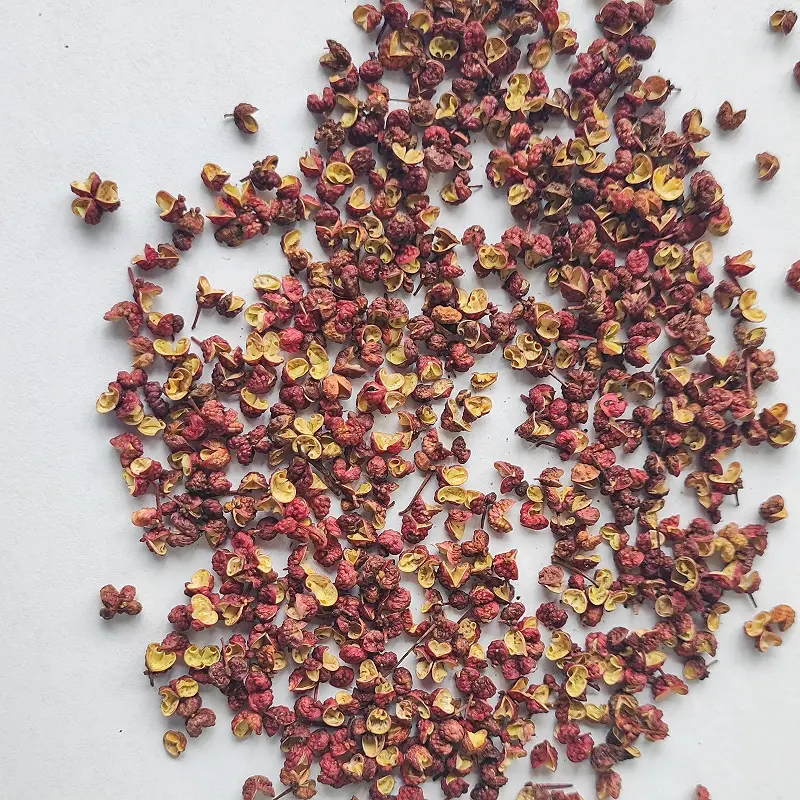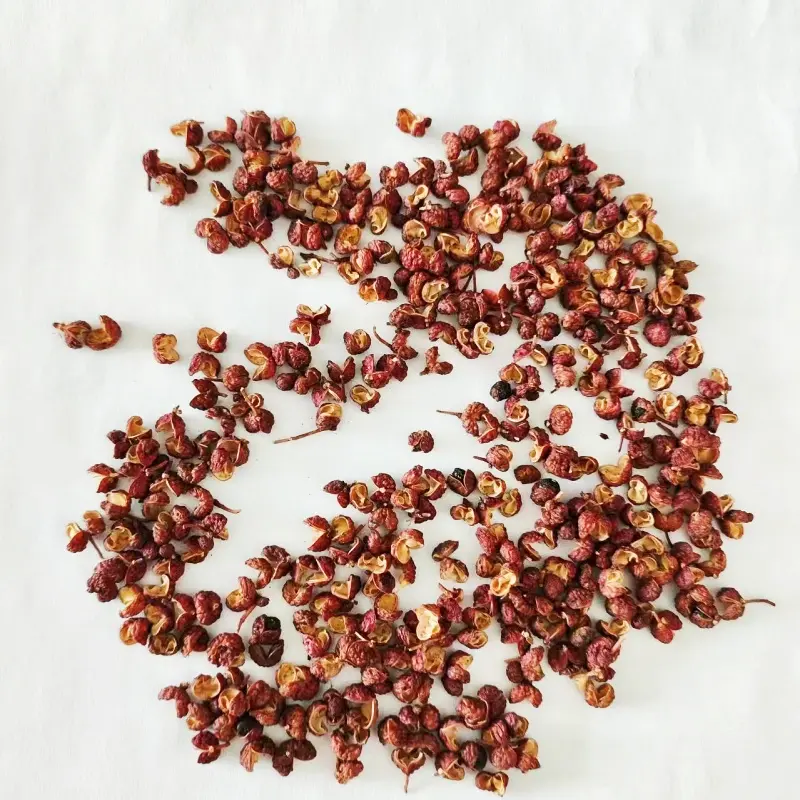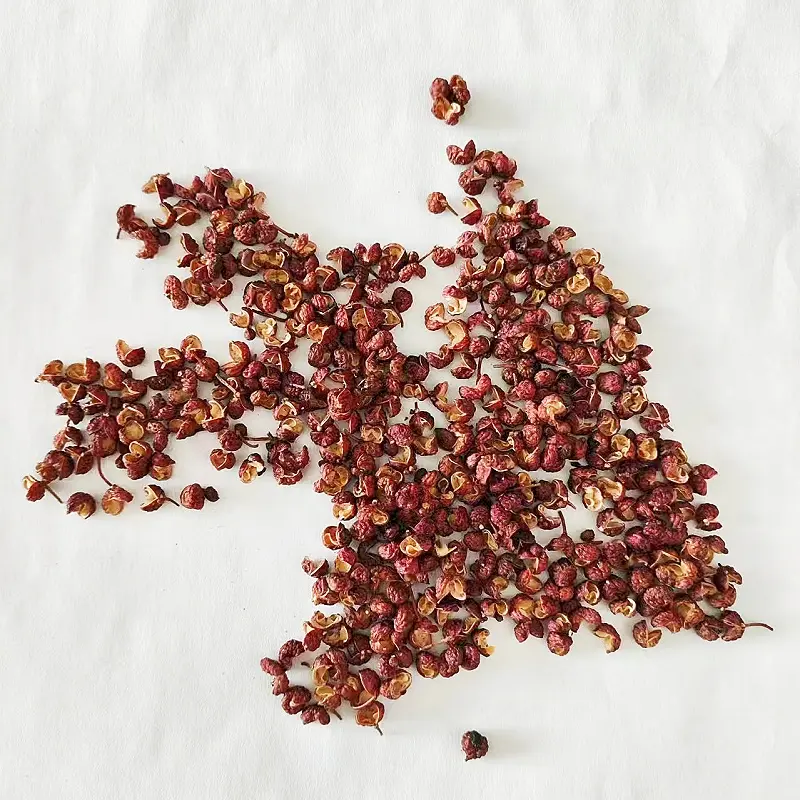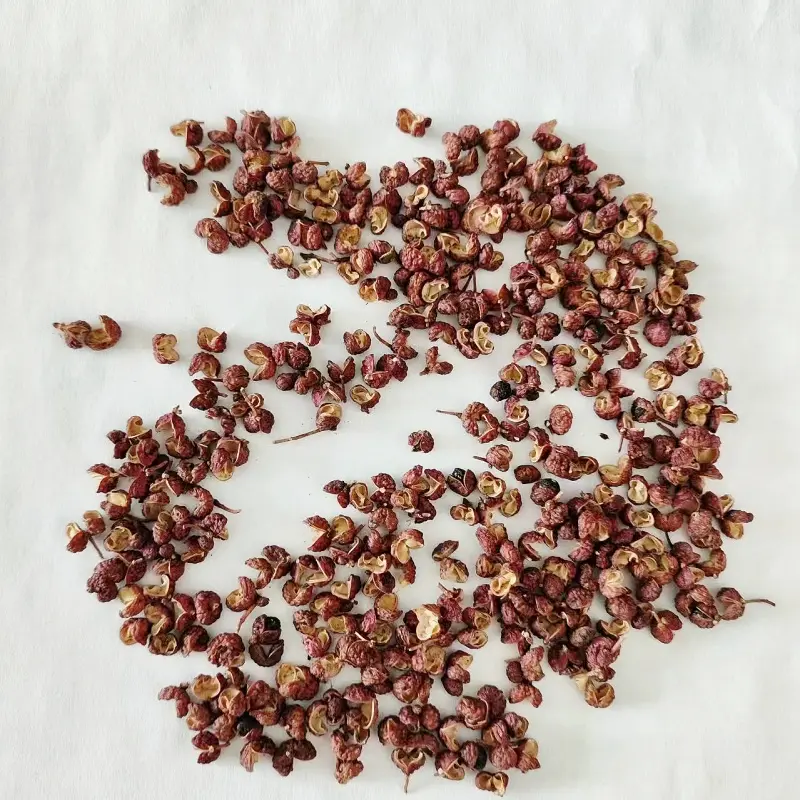Szechuan pepper—also known as Sichuan peppercorn—is not just a spice; it's an experience. That unmistakable numbing, tingling sensation it leaves on the tongue? That’s a culinary signature rooted in centuries of Chinese gastronomy. Whether you're trying to replicate an authentic mapo tofu or craft your own five-spice blend, this humble pinkish-red husk is essential. But despite its rising popularity, one question persists: where can I buy Szechuan pepper, and how do I ensure it’s authentic and high quality?
Let’s unravel the global journey of Szechuan peppercorn, dig into the data, and explore your best buying options—whether you're a home cook, a spice retailer, or a chef chasing genuine fire.
The Global Availability of Szechuan Pepper
While native to China’s Sichuan province, Szechuan pepper has gone global. A growing appetite for spicy, flavorful cuisine has propelled the spice into kitchens across the U.S., Japan, Canada, and the Middle East. Still, availability can vary dramatically by region—especially when it comes to quality and freshness.
Table 1: Online Availability and Price by Region
| Country/Region | Major Online Retailers | Average Price (USD/100g) |
|---|---|---|
| United States | Amazon, Walmart | $6.50 |
| Japan | Rakuten, Amazon Japan | $8.00 |
| Canada | Amazon CA, T&T Supermarket | $7.20 |
| Europe | Amazon DE, Carrefour | $6.80 |
| Middle East | Noon, Amazon AE | $7.50 |
| Taiwan | Shopee, PChome | $6.90 |
From the data, it's evident that Japan leads in price, possibly due to higher import costs and stringent food safety requirements. The U.S. market, however, is becoming more competitive, with more vendors offering options through Amazon and Walmart. Still, a recurring issue globally is authenticity and freshness, which is often compromised in mass-packaged exports.
Meet the Real Deal: Weifang Manna Foods Co., Ltd.
So now that we’ve looked at global accessibility, here comes the deeper question: “Where should I buy high-quality, authentic Szechuan pepper?” One name that continues to stand out in the spice world is Weifang Manna Foods Co., Ltd., better known as Manna Food.
Founded in 2006, Manna Food isn’t just a spice trader—it’s a full-fledged, certified manufacturer with its own processing facilities. Our specialty? Everything peppercorn—from red and green Sichuan peppercorns to custom blends and powdered extracts.
We’re not just exporters—we're experts. With a footprint in over 30 countries and a reputation for pesticide-controlled production and high food safety standards, our peppercorns make it from farm to fork with authenticity intact.
Why Quality Matters More Than Ever
Szechuan pepper isn't just about heat—it's about ma, that tingling sensation that lights up your lips and tongue. But not all peppercorns are created equal. Many retailers dilute their products with stems, old husks, or even imitations from other spice families. Poor-quality peppercorns taste woody, overly bitter, or worse—completely lack that telltale buzz.
At Manna Food, we use:
Color Sorters to ensure only vibrant, fresh peppercorns make the cut
Vacuum Packaging Equipment to seal in freshness
Strong Demagnetizers and Metal Detectors to guarantee food safety
Dry Cleaning and Drying Machines for hygienic, pesticide-free final products
And for wholesalers? Our factory meets FDA, HACCP, ISO, and Halal certifications, making international clearance smooth and compliance effortless.
A Look Into the Export Landscape
It’s no surprise that China dominates the export of Szechuan pepper, but there are still misconceptions about where and how this spice enters the global supply chain.
Table 2: Major Exporters of Szechuan Pepper
| Top Exporting Country | Annual Export Volume (Tons, 2023) | Global Market Share (%) |
|---|---|---|
| China | 13,500 | 78.2% |
| India | 2,500 | 10.6% |
| Nepal | 1,800 | 6.3% |
The data confirms that China isn’t just the birthplace but the backbone of the global Szechuan pepper industry. And within China, regions like Sichuan, Chongqing, and Gansu provide optimal growing conditions—something Manna Food leverages through direct farmer partnerships and in-house processing.
Certification: The Invisible Backbone of Export-Grade Spices
You might not see it, but certifications are often the line between a trusted global supplier and a rejected shipment. Many consumers and wholesalers overlook this, and it costs them—either in spoiled goods, customs delays, or compliance failures.
Table 3: Key Certifications and Their Global Importance
| Certification Type | Importance in International Trade |
|---|---|
| FDA | Required for selling in the U.S. market |
| HACCP | Ensures food safety management systems |
| ISO 22000 | Specifies food safety management practices |
| Halal | Crucial for Middle Eastern and Muslim consumer markets |
Manna Food proudly maintains all of the above—and more. Our workshops are not only compliant with government standards but also optimized with stainless-steel, industrial-grade processing lines that keep products safe, clean, and vibrant.
Where Should You Buy Szechuan Pepper? Offline vs Online
Let’s not beat around the bush—most casual buyers head straight to Amazon or local grocery stores. But that comes at a cost. You’re often dealing with:
Unverified supply chains
Mixed-origin peppercorns
Higher price per gram
Limited variety (only red, rarely green or powdered forms)
For restaurants, spice distributors, and serious foodies, it makes far more sense to source directly from certified exporters like Manna Food. Not only do we offer bulk discounts, but we also provide product traceability—you know exactly where your peppercorns were grown, when they were harvested, and how they were packed.
What to Look For When Buying Szechuan Pepper
Now that you know where to buy, let’s talk about how to judge quality. Here’s a quick checklist to help you separate real Szechuan gold from mediocre imitations:
Color: Should be reddish-pink or green depending on variety, not dull brown
Aroma: Should be citrusy, almost like lemon with pine undertones
Buzz: Should leave a numbing sensation—if not, it’s likely old or fake
Stem Content: Should be minimal. More stems = lower grade
Processing: Ask about pesticide testing, sterilization, and sorting methods
With Manna Food, this checklist becomes redundant. Why? Because every order is backed by our fully traceable quality assurance system.
Why Chefs and Brands Choose Manna Food
It’s one thing to sell spices; it’s another to understand them. At Manna Food, we work closely with chefs, food scientists, and flavor developers to ensure every variety of Sichuan pepper we sell meets both gastronomic and regulatory standards. Here’s what sets us apart:
Customized Packaging & Blending
OEM/ODM Service for Brands and Distributors
Private Label Solutions
Consistent Supply, Even During Peak Season
Multilingual Export Support (English, Japanese, Arabic, etc.)
Whether you’re a Michelin-starred kitchen or a local grocer in the Middle East, our export logistics are tailored to make your business seamless.
So…Where Should You Buy It?
To circle back: Where can you buy Szechuan pepper? The answer depends on what you’re after.
For casual home use? Sure, go with Amazon or your local Asian market—but inspect before you buy.
For restaurants, wholesalers, and spice traders? Contact Weifang Manna Foods Co., Ltd.
You get:
Fresh, premium-grade Szechuan pepper
Access to both red and green varieties
International certifications for compliance
Transparent, traceable supply chain
Custom bulk pricing and private label options
Final Thoughts
In a world flooded with knockoffs and diluted spice blends, buying genuine Szechuan pepper isn’t just about taste—it’s about trust. Whether you're stir-frying, stewing, or seasoning on a molecular level, nothing replaces the real thing. And if you want real? You go straight to the source.
Contact Manna Food today to discuss your spice needs, request samples, or place an international wholesale order.
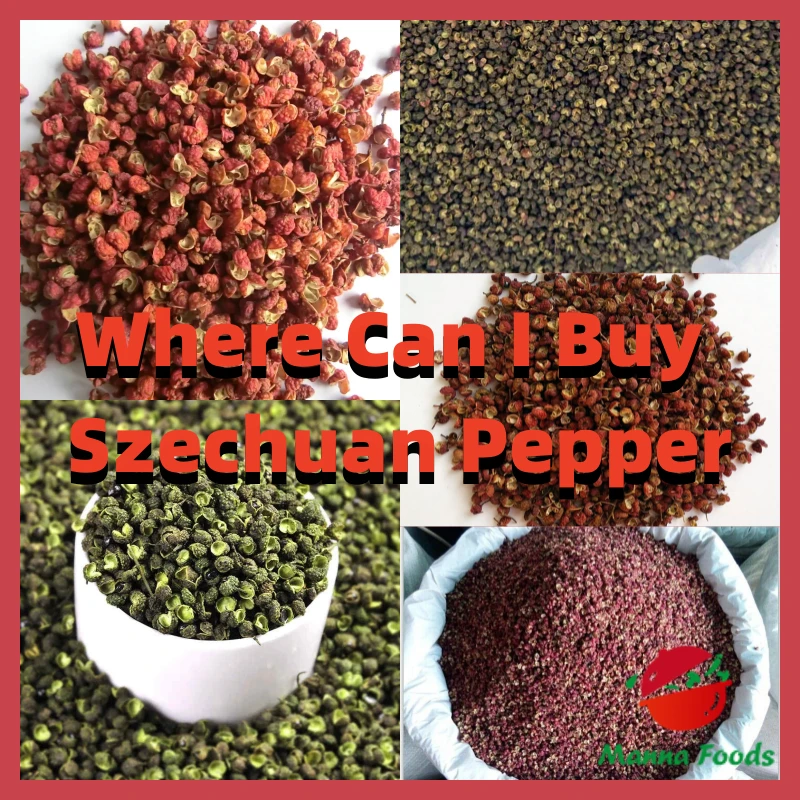
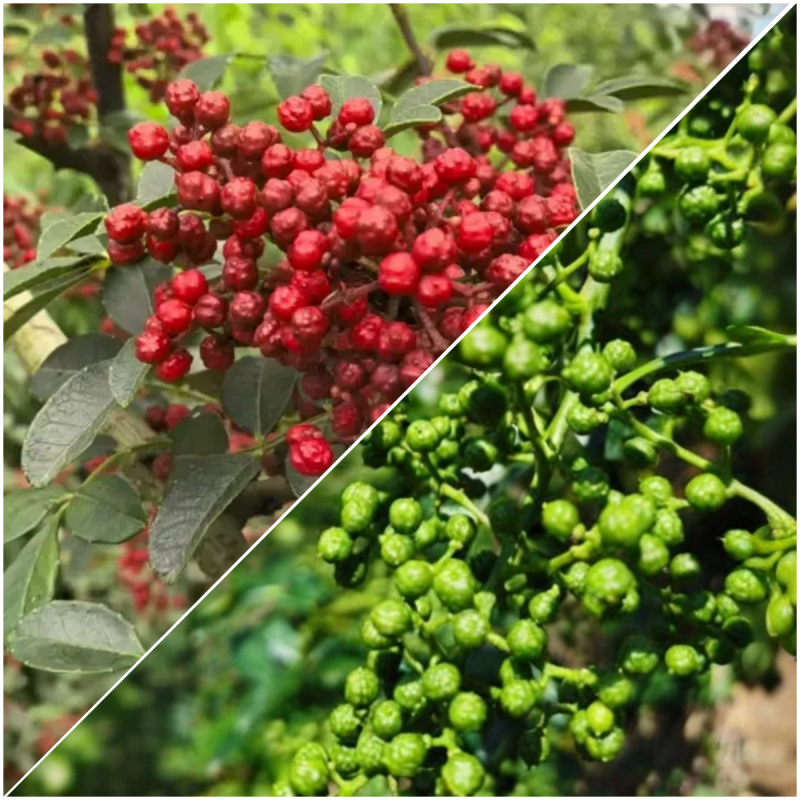
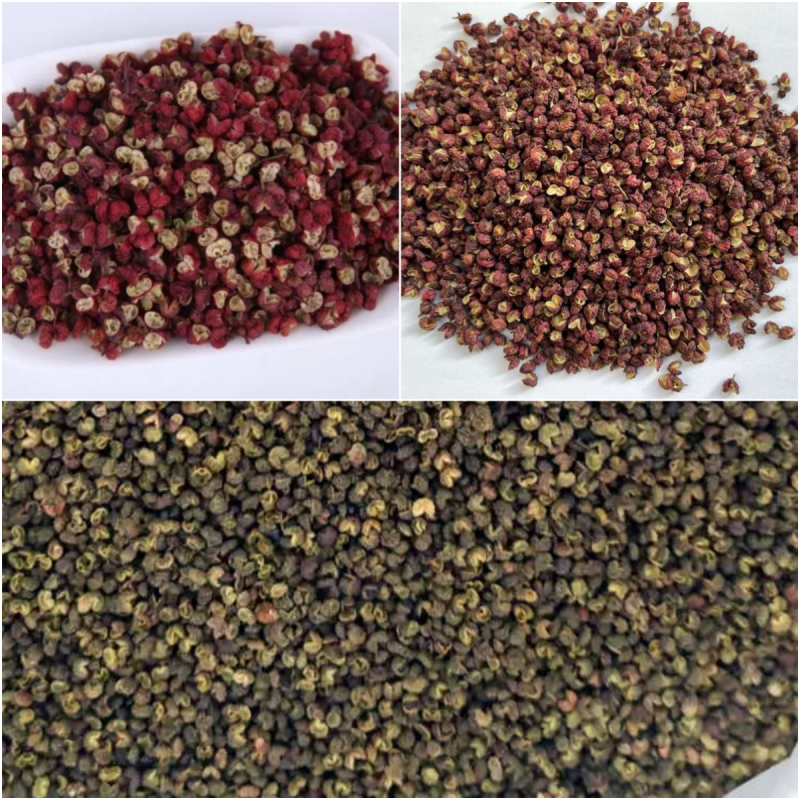
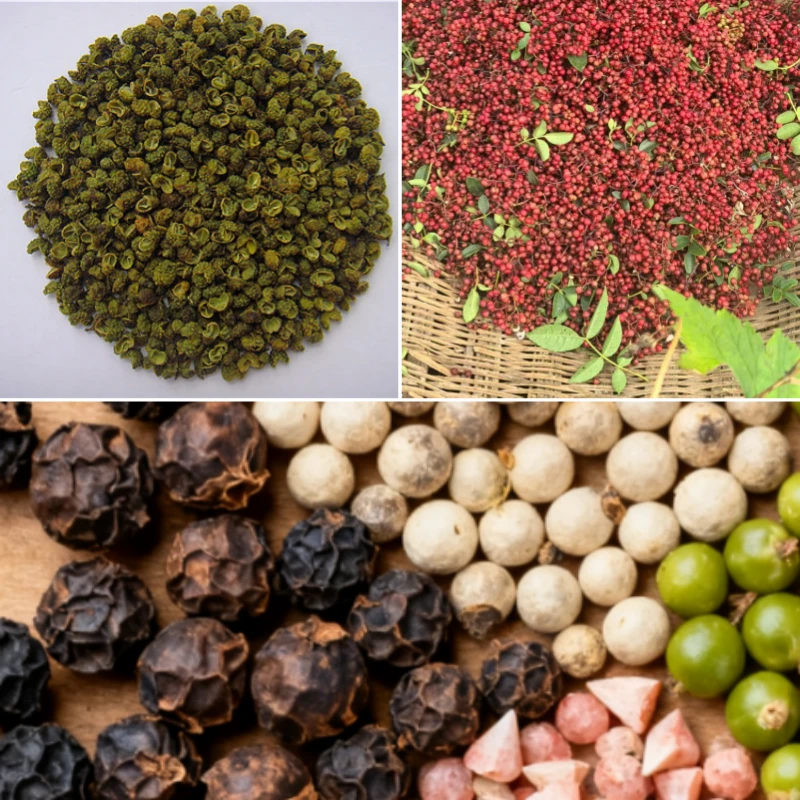
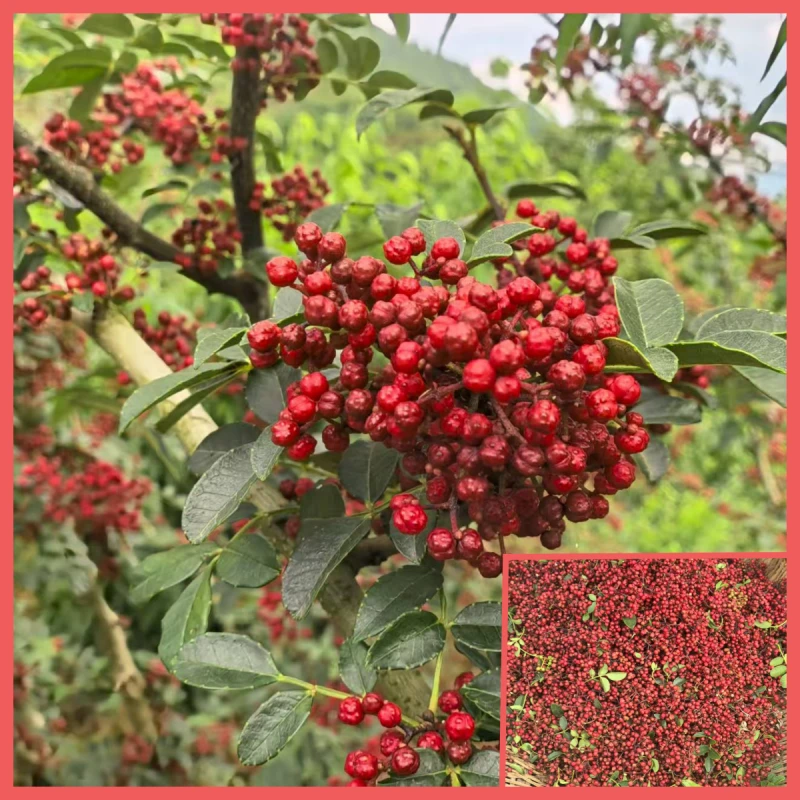
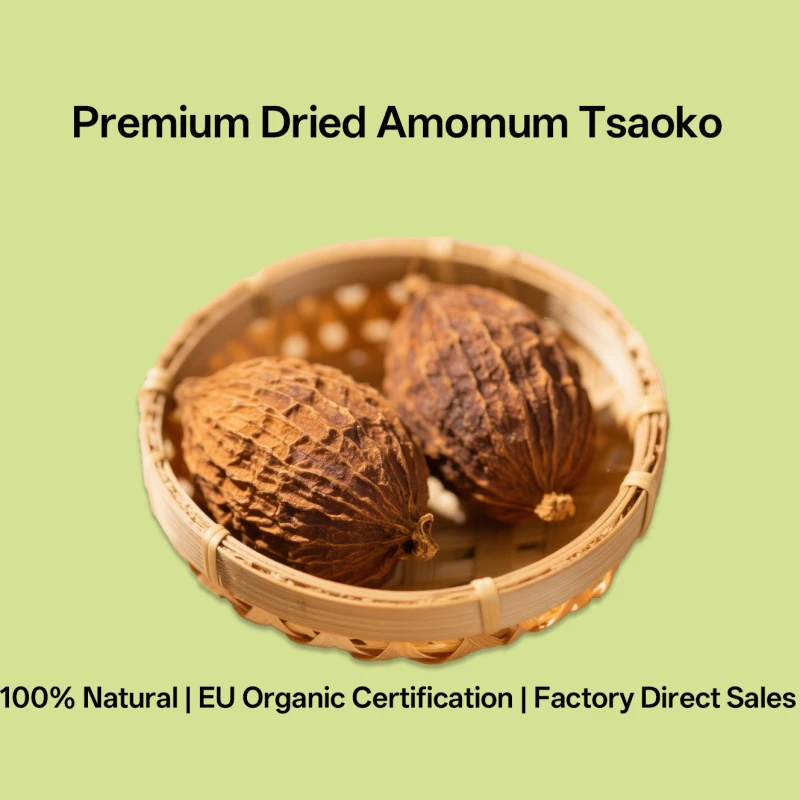
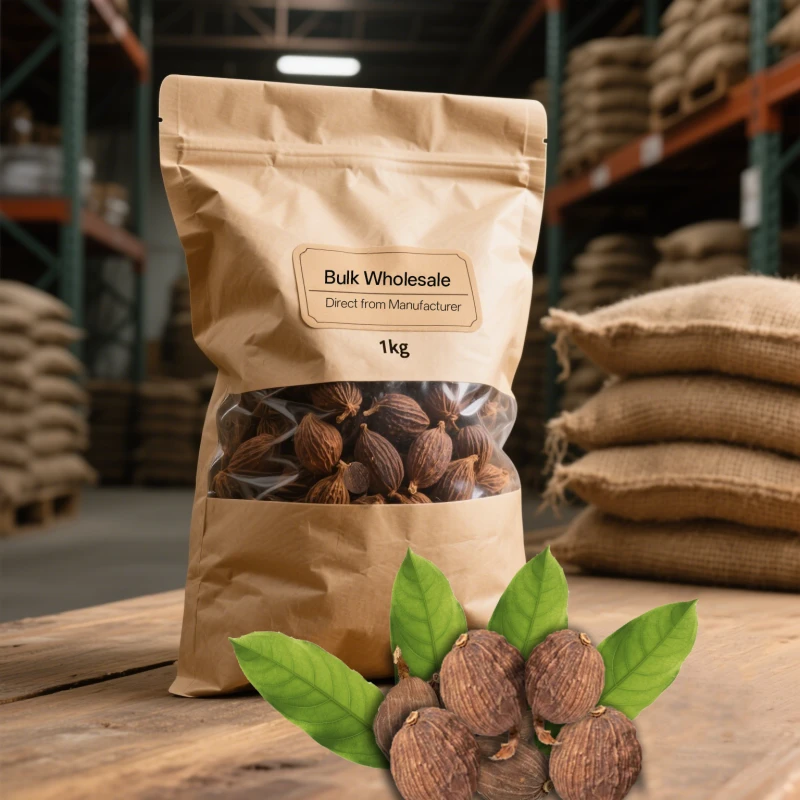
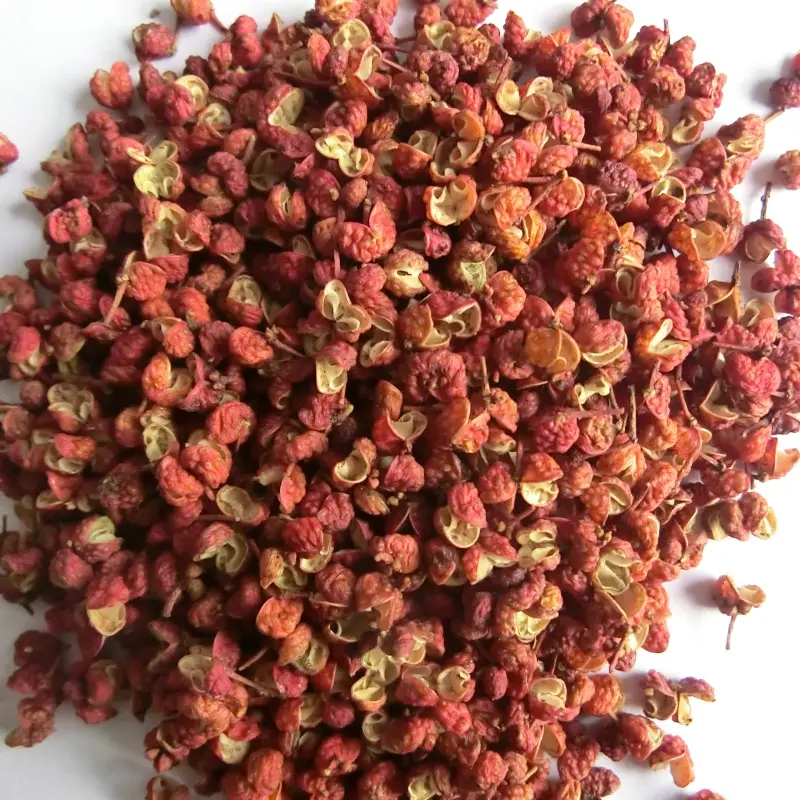
811.webp)
